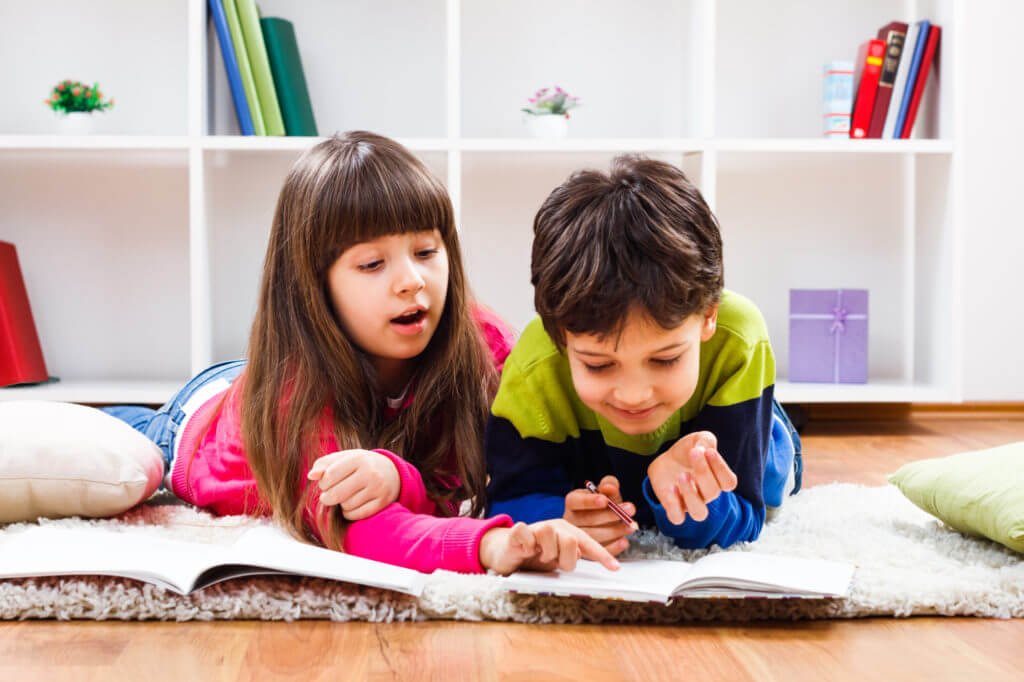
As your children get older, they might be more prone to conflicts with other children. It can be hard to know what is the best solution. For preschoolers, you might think that there is no true form of conflict resolution. That is why the professionals at Heritage Learning Center are here to help! These are a handful of problem-solving, conflict resolution steps to follow in a preschool setting.
Step 1 – Take a Breather
This step goes for all children or people involved in the situation. Asking the kids what they need to do to calm down is a good start. They might need to walk away for a little bit. Maybe counting to ten helps them. Whatever it is, let them take a second to do so. We know that nothing is more difficult in these situations than trying to reason with heated preschoolers.
Step 2 – State and Understand the Problem
State and understand the problem. As an observer, it can hard to determine who started the fight. Maybe you don’t even know what the argument was about! That is why having the children talk about why they are upset is an excellent second step. You can do this separately or together depending on the situation. Stressing that honesty is important is a key part of this step. It will be helpful to determine the cause of conflict. You should also help the children realize their own role in the conflict and encourage them to use “I” statements. An example would be, “I felt left out and hurt because he wouldn’t let me play the card game, so I threw his towel to annoy him.”
Step 3 – Real Apologies
There are three components to a good apology: regret, responsibility, and remedy. Helping the children write apologies or writing notes for them to use during apologies can help learn these components. In some circumstances, you might only need one child to apologize, but it just depends on the cause of the conflict. That can be something you determine personally. Besides the example above, some extra pieces to an apology include saying how you’ll fix the situation, promise to be better or nicer next time, and asking for forgiveness.
Step 4 – Promote solution-finding.
This step is one that many parents or guardians often do not reach. As an adult, you know what can be the best solutions to these conflicts. However, challenging the preschoolers to brainstorm their own solutions is a fantastic learning opportunity. Plus, the kids are more likely to pursue the resolution since they came up with it themselves. They can brainstorm together, and you can encourage them. Pushing them to listen to one another and speak honestly and kindly are good ways to help them generate solution ideas.
Step 5 – Follow Up
Later in the day or week, you can meet with the children to see how their solution is panning out. If they are getting along well, then your steps have worked! If not, you might want to consider having them play with another classmate. However, you should emphasize that you still expect the two preschoolers to be nice to each other in class.
Conflict is tricky a thing. Conflict resolution when preschoolers are involved is an even harder thing! Our professionals at Heritage Learning Center hope that these steps guide you smoothly through conflict resolution between preschoolers. Looking for an award-winning preschool program around McKinney, TX? Feel free to give us a call or stop by the center. We would love to show you what makes us special!




